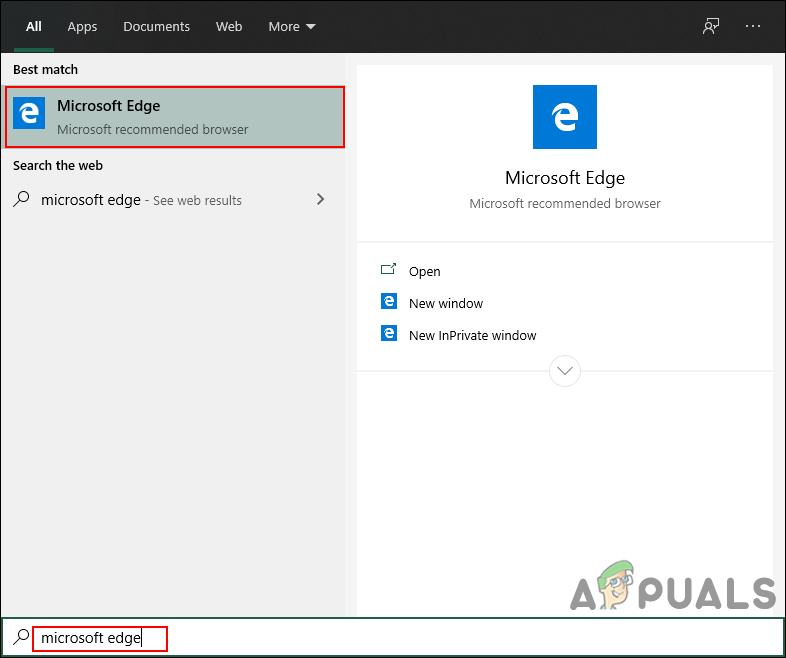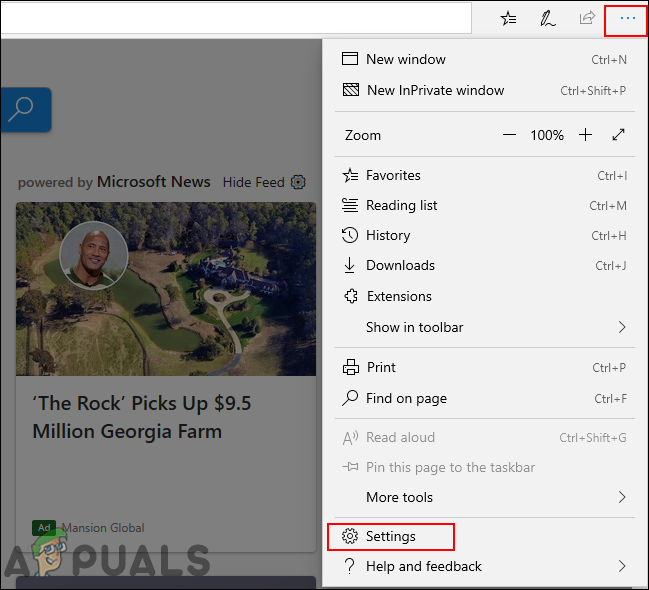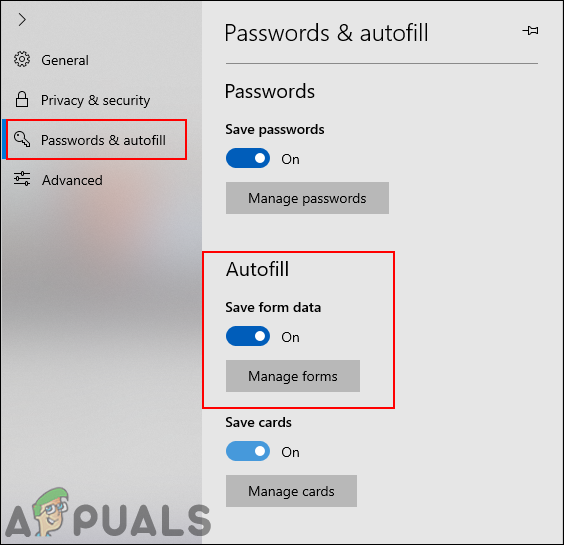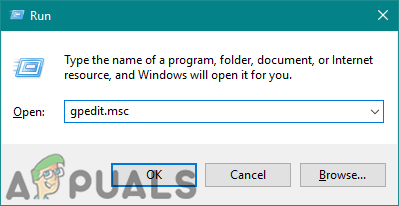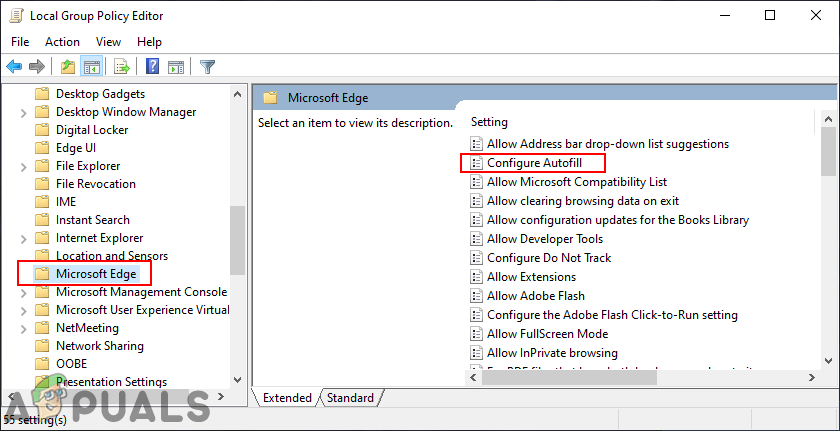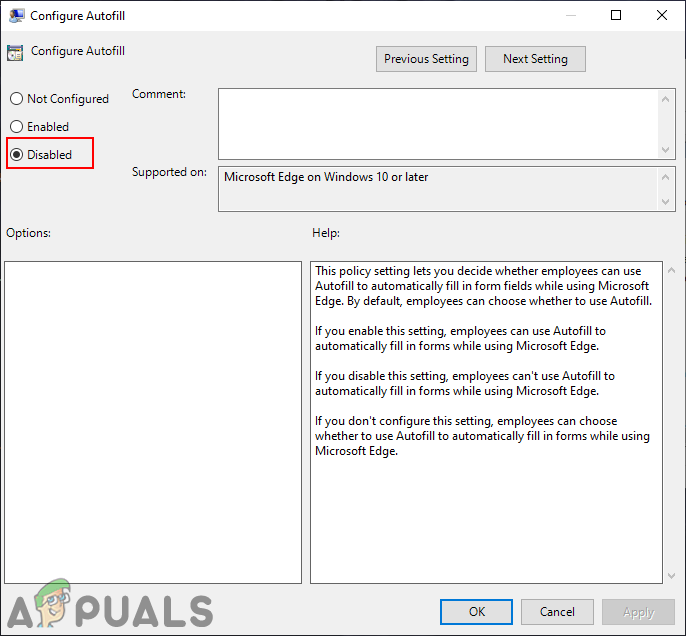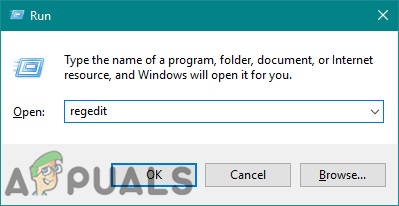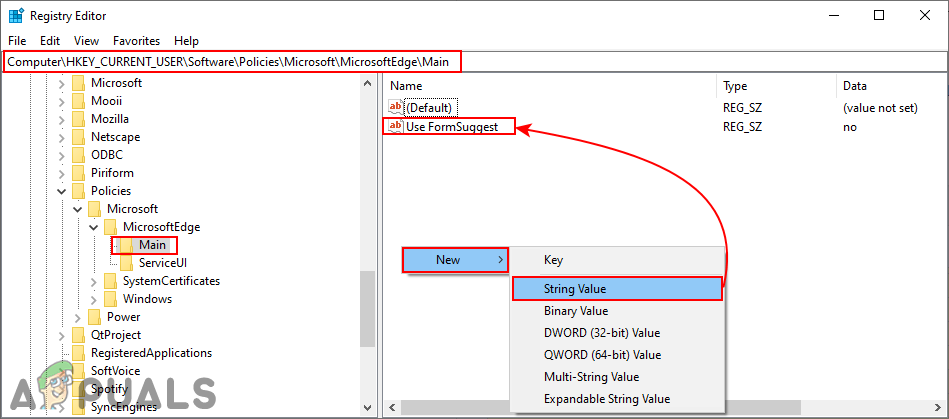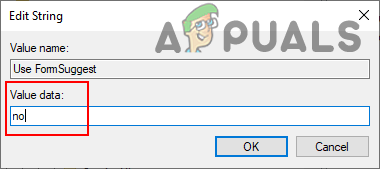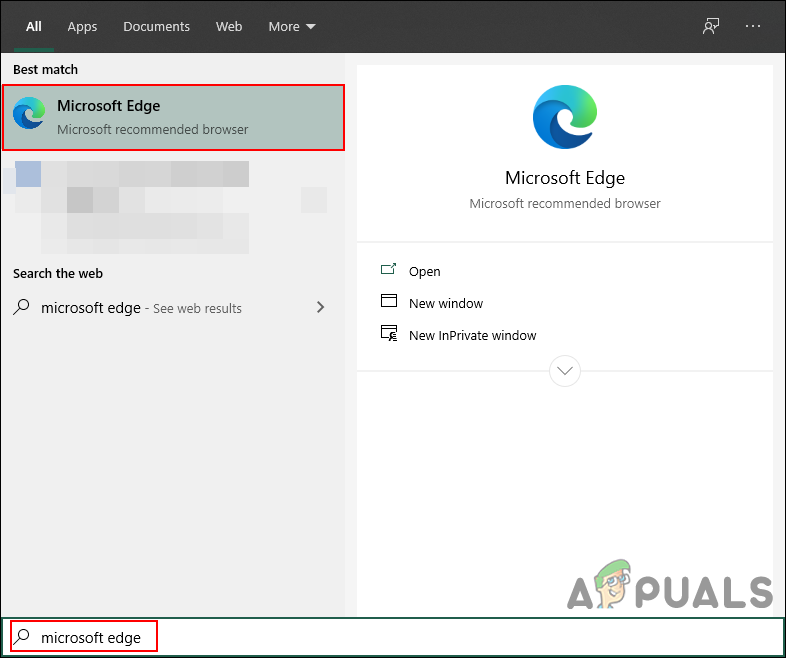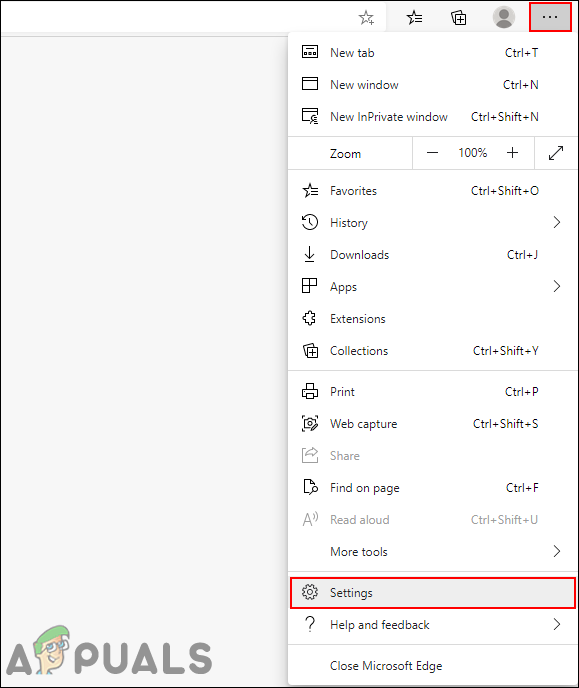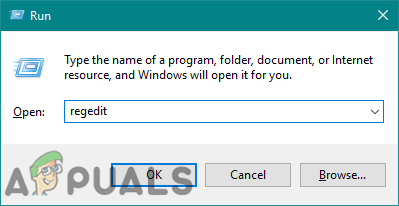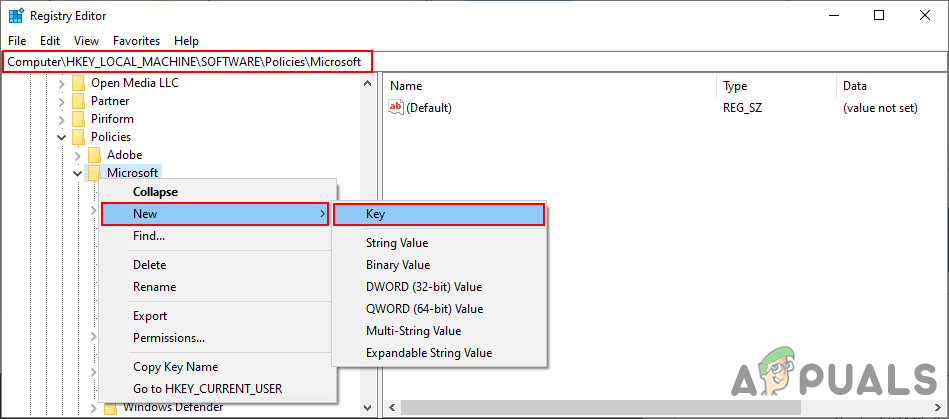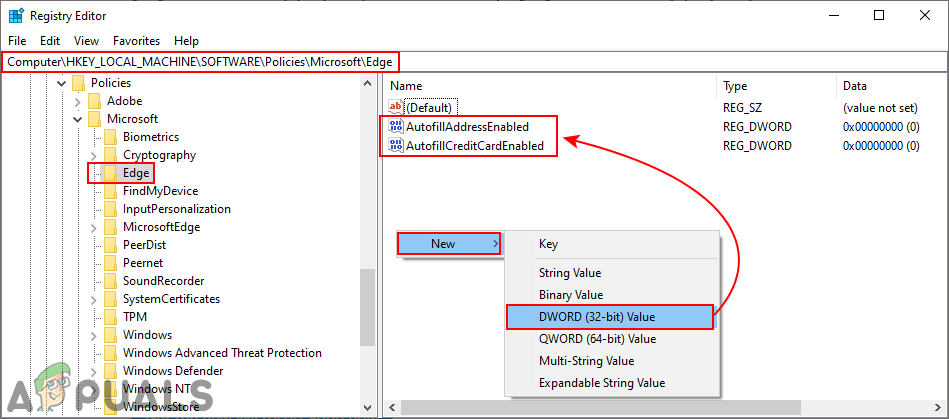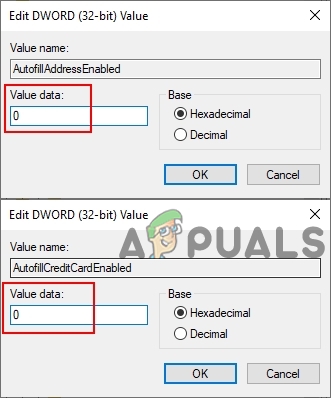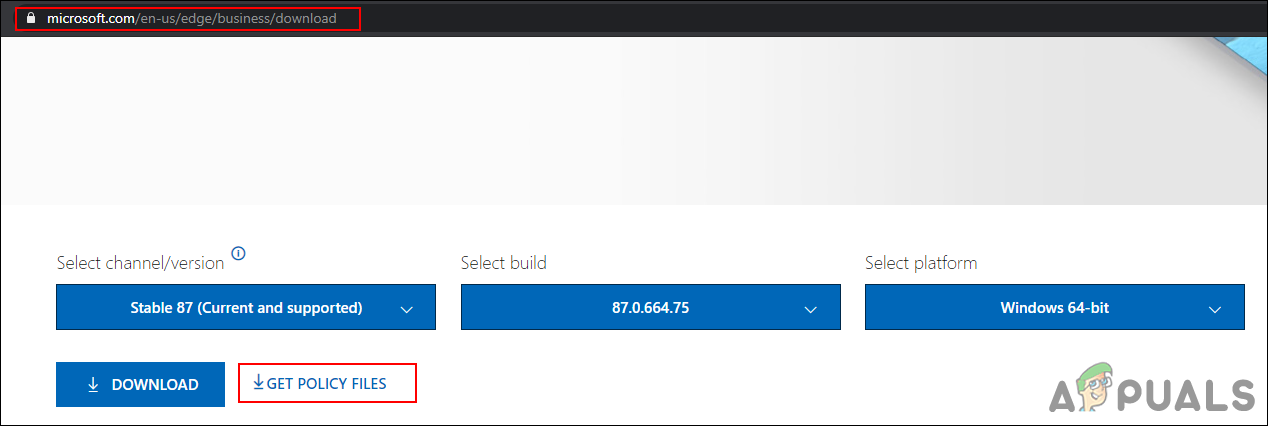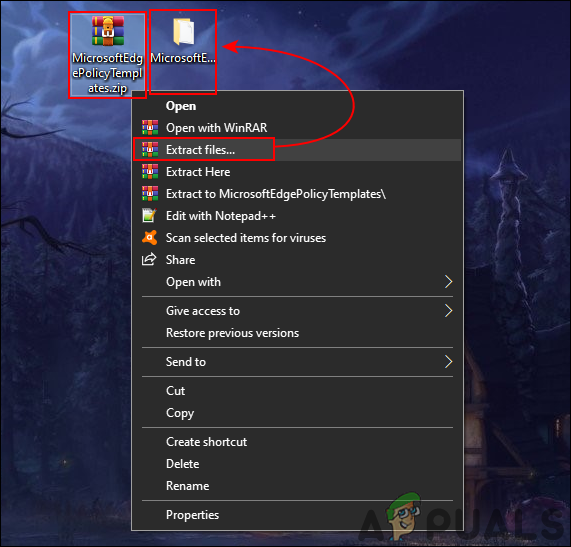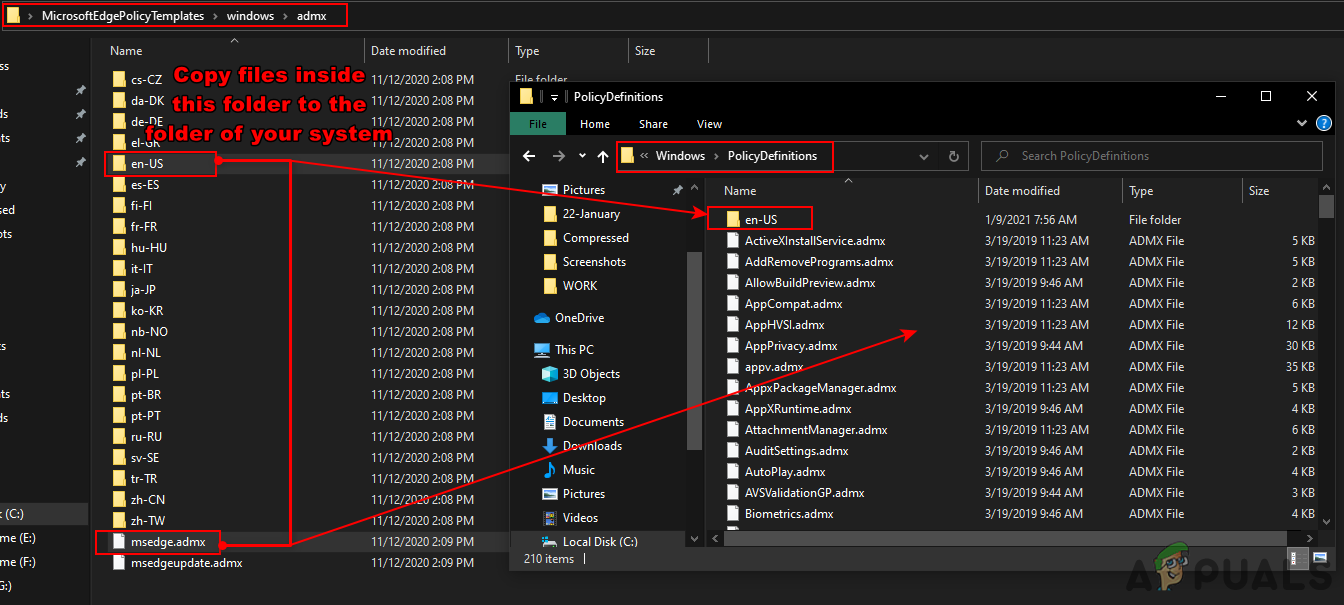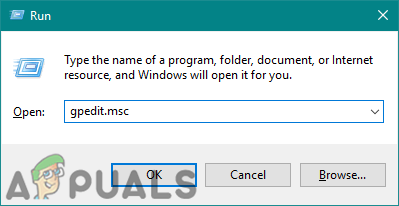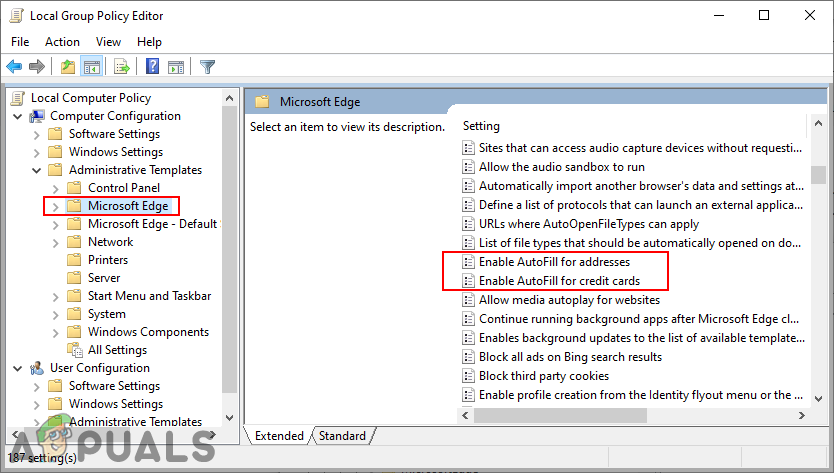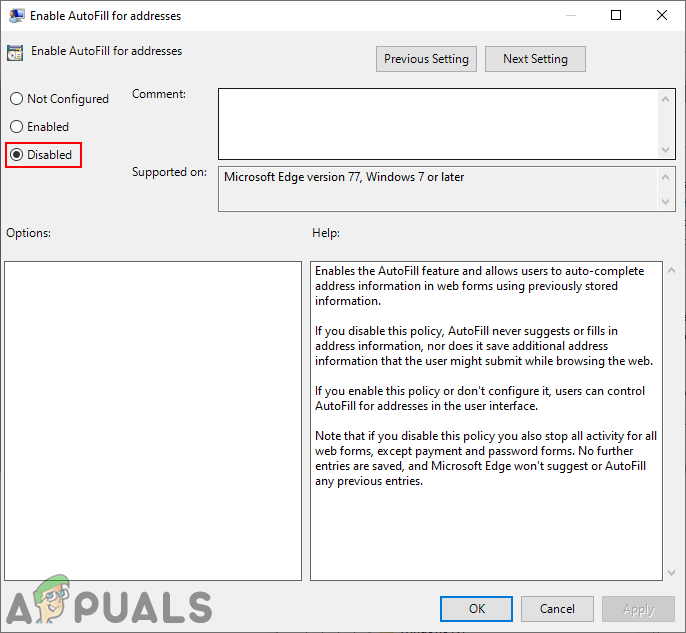Disabling Autofill for Legacy Microsoft Edge
The Microsoft Edge legacy browser comes as a default browser with the Windows 10 operating system. Some companies or school still uses the legacy version rather than downloading the latest one. The policy settings that come with Windows will work on this browser without updating them. Most of the settings for this browser are already available in the system.
Method 1: Using Microsoft Edge’s Settings
The autofill setting can be configured in Microsoft Edge’s settings. This is the basic method through which you can enable and disable the autofill anytime you want. The settings can be easily accessed and changed according to your needs. However, if the option is grayed out or you want to disable the setting for other users then check the other methods.
Method 2: Using the Local Group Policy Editor
The Group Policy Editor is used to control the working environment of the operating system. It has a setting that can enable or disable the autofill for the Microsoft Edge. This setting can be found in both the Computer Configuration and User Configuration categories. It’s up to the user which one of the settings they want to set for their system. Both of the settings will have the same path but different categories. This will also gray-out the option in Microsoft Edge’s setting and standard users will be unable to change it. Note: The Group Policy Editor isn’t available in the Windows Home edition. Skip this method if you are using the Windows Home operating system.
Method 3: Using the Registry Editor
Another method for disabling the autofill for Microsoft Edge is by using the Registry Editor. The Registry is a database that stores low-level settings for your operating system. This is also the alternative method for Windows Home users. By using this method, users can enable or disable the autofill feature in Microsoft Edge. This can also gray out the option for the standard users in the settings of Microsoft Edge. The setting can be configured in both the Current Machine and Current User hive. The path will be the same, but the hives will be different.
Disabling Autofill for the New Microsoft Edge
The chromium-based Microsoft Edge will have different settings than the Legacy Microsoft Edge. Every method will have different settings and modifications. Some of the settings may not be available for the latest Microsoft Edge and you have to download them through the Microsoft site. All the below methods will have the same result for disabling the AutoFill feature.
Method 1: Using Microsoft Edge’s Settings
The interface of the settings is changed with every new update of the Microsoft Edge. The autofill for the new Microsoft Edge can be disabled differently than the legacy version. Depending on the requirement, you can turn off the Autofill feature for different options.
Method 2: Using the Registry Editor
The same settings can be configured through the Registry Editor. Users have to create different values for each setting. For the new Microsoft Edge, the Registry method is quicker than the Group Policy method. Sometimes the key where you have to create values will be missing and you have to create it manually as shown in the below steps:
Method 3: Using the Local Group Policy Editor
Navigate to the “User Configuration\Administrative Templates\Windows Components\Microsoft Edge” or “Computer Configuration\Administrative Templates\Windows Components\Microsoft Edge” in the Group Policy Editor and check if the settings in this method are available in the list. If they are available, then move to step 8 directly. If they aren’t available, then start from step 1.
Microsoft Edge Canary Update Now Allows You To Delete Unwanted Autofill Entries…Removing Autofill Entries from Google ChromeHow to Enable or Disable Save Passwords in Microsoft Edge in Windows 10?How to Enable and Disable YouTube Restricted Mode in Microsoft Edge?

